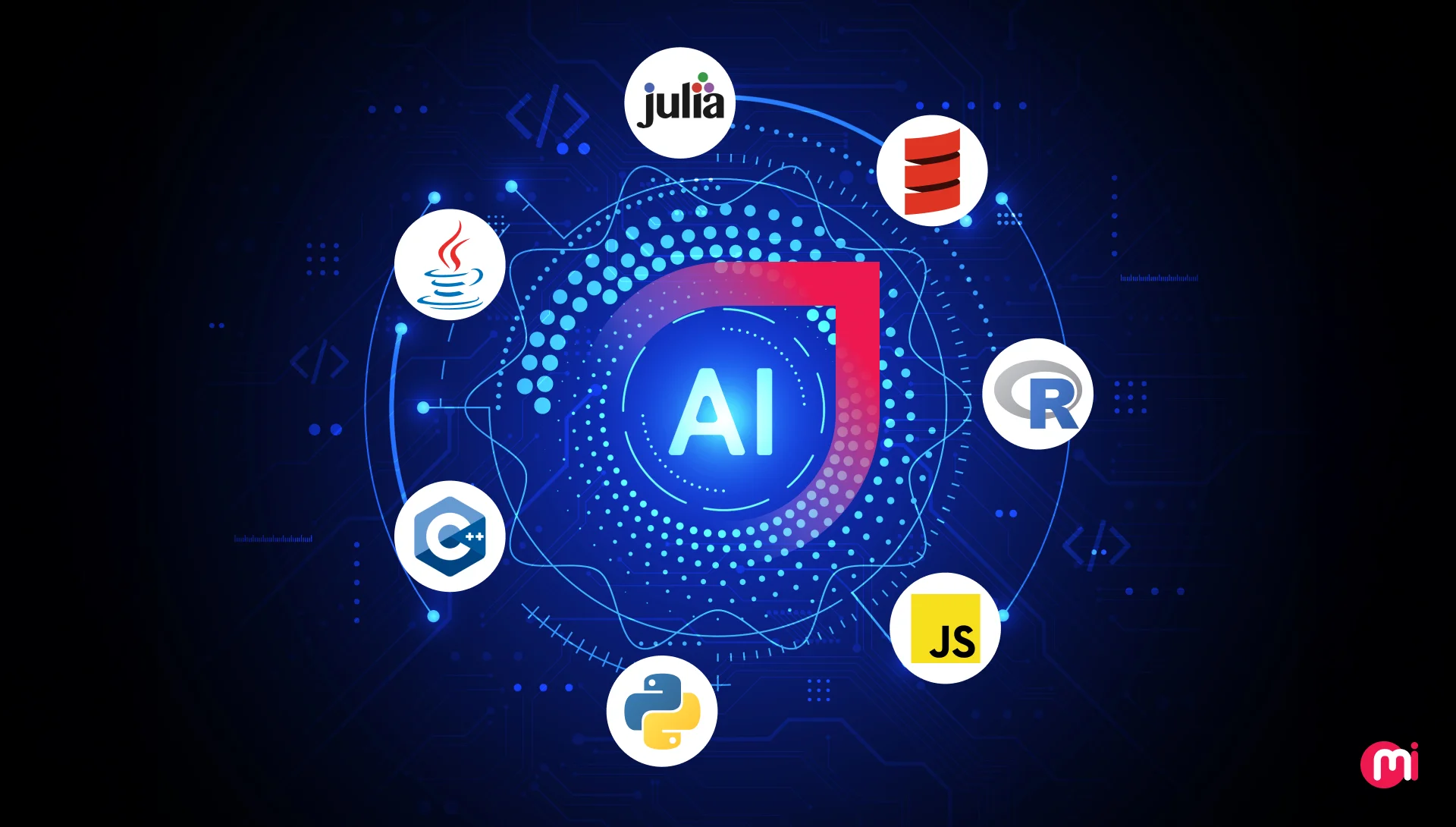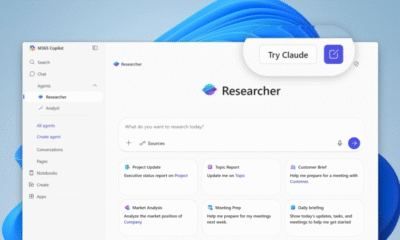Tech News
The Future of AI Programming: A Comprehensive Look at Languages in 2025

AI has taken the world by storm in the 21st century of the digital era, and its impact cannot be overlooked. Python and Java are two programming languages that play a crucial role in the development of artificial intelligence. Python is known for its versatility and extensive libraries, making it a popular choice for AI development. On the other hand, Java is preferred for its scalability and stability, especially in enterprise-level applications.
According to research, the market size of AI is expected to grow significantly in the coming years, reaching a value of over a trillion dollars by 2031. This growth is driven by the increasing adoption of AI across various industries, from art platforms to life-saving medical advancements.
Python, with its rich ecosystem of libraries and frameworks, has become the go-to language for AI developers. Libraries like PyTorch and TensorFlow are industry standards for building neural networks, while Scikit-learn provides tools for traditional machine learning tasks. Python is used in a wide range of applications, from natural language processing to computer vision.
R, on the other hand, is known for its statistical depth and is widely used in academic research and data analysis. Its tools like ggplot2 make it ideal for creating complex data visualizations. R is also used in financial modeling and clinical trials.
Java, with its platform independence and scalability, is a popular choice for building large-scale AI systems. Libraries like Deeplearning4j and Weka are used for building neural networks and machine learning tasks. Java is commonly used in enterprise search engines, fraud detection systems, and recommendation systems.
C++, known for its speed and resource control, is preferred for performance-critical AI applications. It is used in robotics, high-frequency trading algorithms, and real-time systems. Libraries like OpenCV and Boost are commonly used in C++ for computer vision and data analysis.
Julia is a modern language known for its high performance and simplicity. It is used in scientific computing and research, offering exceptional speed and parallel computing capabilities. Julia is commonly used in machine learning research and financial modeling.
JavaScript plays a crucial role in web integration of AI features, making it ideal for building interactive web applications. JavaScript is used in object detection, real-time image processing, and AI-powered features in web applications.
Scala, running on JVM, combines object-oriented and functional programming and is widely used in big data processing. Scala is used for building machine learning pipelines, distributed data processing systems, and real-time analytics platforms.
In conclusion, choosing the right programming language for AI is crucial for the success of any AI project. While Python is versatile and widely used, specialized tasks may require different languages like R, Java, C++, Julia, JavaScript, or Scala. By making strategic choices and partnering with an expert AI development company, businesses can build innovative and efficient AI solutions that harness the true power of artificial intelligence.
-

 Facebook3 days ago
Facebook3 days agoWarning: Facebook Creators Face Monetization Loss for Stealing and Reposting Videos
-

 Facebook4 days ago
Facebook4 days agoInstaDub: Meta’s AI Translation Tool for Instagram Videos
-

 Facebook3 days ago
Facebook3 days agoFacebook Compliance: ICE-tracking Page Removed After US Government Intervention
-

 Video Games4 days ago
Video Games4 days agoGoku Takes on the Dragon Ball FighterZ Arena
-

 Video Games5 days ago
Video Games5 days agoTekken 8: Rise of the Shadows
-

 Amazon5 days ago
Amazon5 days agoNeil Young Takes a Stand: Pulling Music from Amazon in Protest of Jeff Bezos’ Support for Trump
-

 Microsoft3 days ago
Microsoft3 days agoMicrosoft Integrates Anthropic’s Claude AI Models into 365 Copilot: A Deepening Relationship with OpenAI
-

 Cars3 days ago
Cars3 days agoRevving into the Future: Ferrari’s Plan to Unleash 20 New Models, Including Electric Vehicles, by 2030































